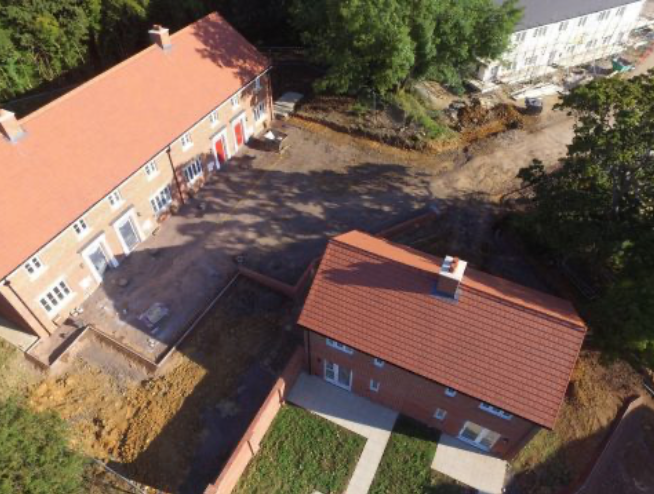Some CLT Success Stories

Whether in rural or urban communities, an area suffering from disinvestment or made unaffordable by holiday homes… For all this, and everything in-between, CLTs put communities in the driving seat.
The Community Land Trusts Network has put together some excellent success stories in various parts of the country. Check them out below and here
Lyme Regis CLT – gaining planning permission in an AONB

Lyme Regis CLT in Dorset is in an area of outstanding natural beauty. Restrictions on available land and building mean any plots that become available command high prices. And planning consent is notoriously hard to gain. But the CLT, with its community support, gained consent even where it was recommended to be turned down.
Like many other picturesque seaside towns, housing for local people has become increasingly expensive and unavailable, with local people, especially young people and small families finding it hard to get accommodation allowing them to stay in the town. House prices and rents are high when compared to average local incomes.
Lyme Regis CLT was set up to create affordable housing for people with a local connection. Having identified a potential site at Timber Hill for 17 homes for affordable rent, they were able to gain agreement with the landowner because they would be creating affordable housing as a rural exception. A developer wouldn’t have been allowed to build market value on the houses. Community Housing Fund money enabled pre-planning development.
Community engagement happened right from the start – public meetings, publicity in the local newspaper and talking with the Town Council. It would prove essential to gaining planning consent.
When the planning permission application went before the council, officers recommended it be turned down. However, a delegation of supporters from the community, the partner housing association Yarlington, the architects Boon Brown, the Town Council, and Wessex CLT Project spoke in its favour. The proven support from the community and partners was persuasive and the Committee unanimously agreed to accept the plans. The first residents moved in in February 2018.
